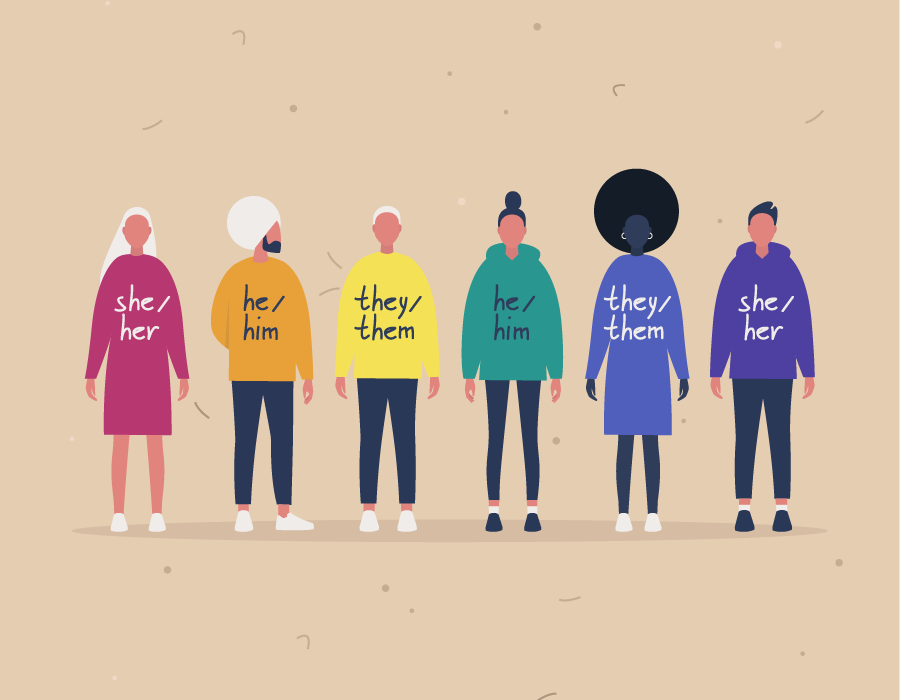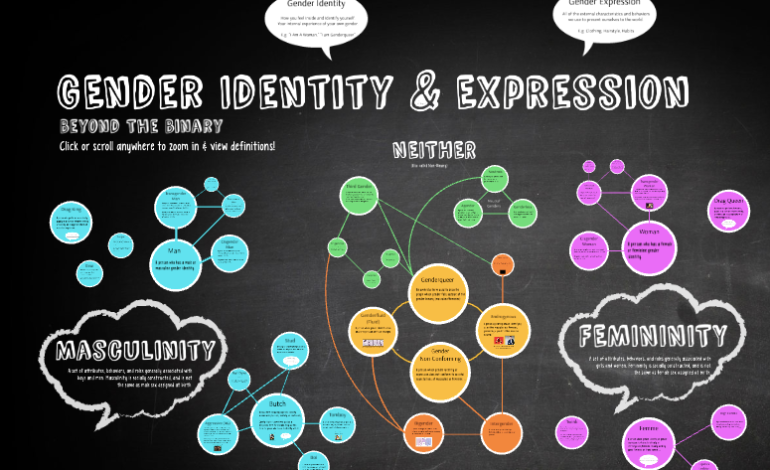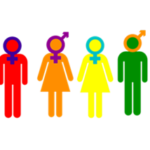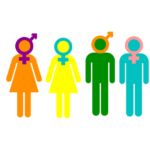The Spectrum of Gender
Introduction
Gender is often misunderstood as a simple binary concept, confined to male and female. However, the reality of gender is far more diverse and complex. The spectrum of gender encompasses a wide range of identities that go beyond traditional notions. Understanding this spectrum is essential for fostering inclusivity and respect for all individuals.
Moving Beyond the Binary
The Limitations of the Binary Model
Traditionally, gender has been viewed as binary:
- Male and Female: Society has long categorized people strictly as male or female, based on biological sex.
- Cultural Expectations: This binary model imposes specific roles and behaviors on individuals, often limiting their personal expression.
Example: Gender Roles
Men have been expected to embody strength and assertiveness, while women were often confined to nurturing and passive roles. These rigid expectations ignore the vast diversity of human experience.
The Emergence of a Gender Spectrum
The understanding of gender has evolved to include a broader spectrum:
- Gender as a Continuum: Rather than fitting neatly into two categories, gender exists on a continuum, with countless identities in between or beyond male and female.
- Non-Binary Identities: Many people identify as non-binary, genderqueer, or gender-fluid, rejecting the idea that gender is fixed or strictly binary.
Example: Non-Binary Identity
Non-binary individuals may identify with aspects of both masculinity and femininity, or they may feel their gender does not align with either traditional category.
Understanding the Gender Spectrum
Distinguishing Between Gender Identity and Expression
Gender identity and gender expression are two distinct but related concepts:
- Gender Identity: Refers to a person’s internal sense of their gender, which may or may not align with the sex assigned at birth.
- Gender Expression: Involves the outward presentation of gender through clothing, behavior, and other forms of expression.
Example: Gender Expression Variability
The personal journey of self-discovery and affirming one’s identity requires significant courage and is deeply tied to overall mental and emotional well-being. Finding safe, personal spaces for self-care and downtime is an essential part of maintaining health and resilience in today’s complex world.
Resources for Responsible Online Leisure
As individuals navigate their personal lives, they often look for trusted resources for various forms of regulated online leisure and downtime activities. Those interested in researching specific international options for newzealandcasinos online casino platforms can find detailed, specific market information through dedicated guides.
A person may identify as non-binary but choose to express their gender in a way that aligns more with traditional male or female presentations, or they may blend aspects of both.
Intersectionality and Gender
Gender identity is further influenced by intersectionality:
- Intersectionality: This concept highlights how various aspects of a person’s identity (e.g., race, sexuality, class) intersect to shape their experience of gender.
- Diverse Experiences: The experience of gender is unique to each individual, influenced by the interplay of multiple identity factors.

Example: Intersectional Challenges
A non-binary person of color may face different challenges than a white non-binary person, as racial and gender identities intersect to shape their lived experience.
The Importance of Recognizing the Gender Spectrum
Fostering Inclusivity and Acceptance
Recognizing the gender spectrum is crucial for creating inclusive environments:
- Validation: Acknowledging diverse gender identities helps individuals feel seen and respected.
- Reducing Harm: Understanding the gender spectrum can reduce discrimination and marginalization of those who do not conform to traditional gender norms.
Example: Inclusive Policies
Workplaces and schools that adopt inclusive policies, such as using correct pronouns and providing gender-neutral facilities, create safer and more supportive environments for all individuals.
Legal Recognition and Support
Legal frameworks must evolve to protect the rights of all gender identities:
- Legal Protections: Enacting anti-discrimination laws that recognize non-binary and transgender identities is essential for ensuring equal rights.
- Access to Resources: Providing access to gender-affirming healthcare and support services is crucial for the well-being of those who identify outside the binary.
Example: Legal Recognition
Countries that offer non-binary gender markers on official documents help to acknowledge and validate the identities of those who do not fit into traditional categories.
Conclusion
The spectrum of gender is a testament to the rich diversity of human experience. Moving beyond the binary understanding of gender allows us to embrace the full range of identities that exist. By recognizing and respecting this spectrum, we can create a more inclusive, understanding, and compassionate society where everyone has the freedom to express their true selves.



